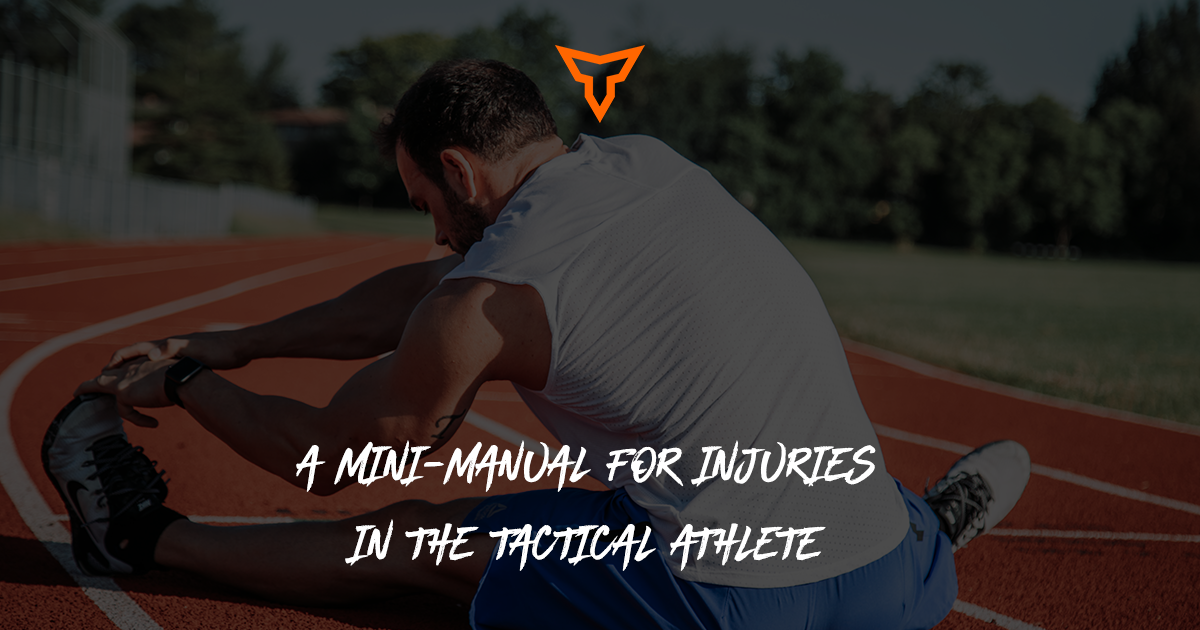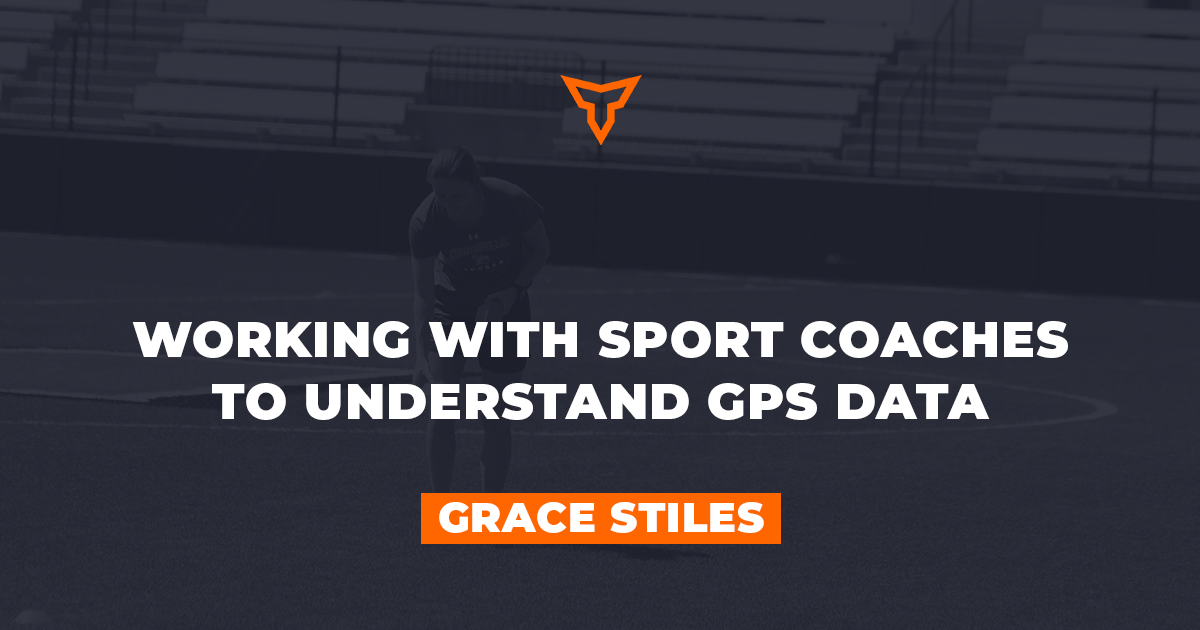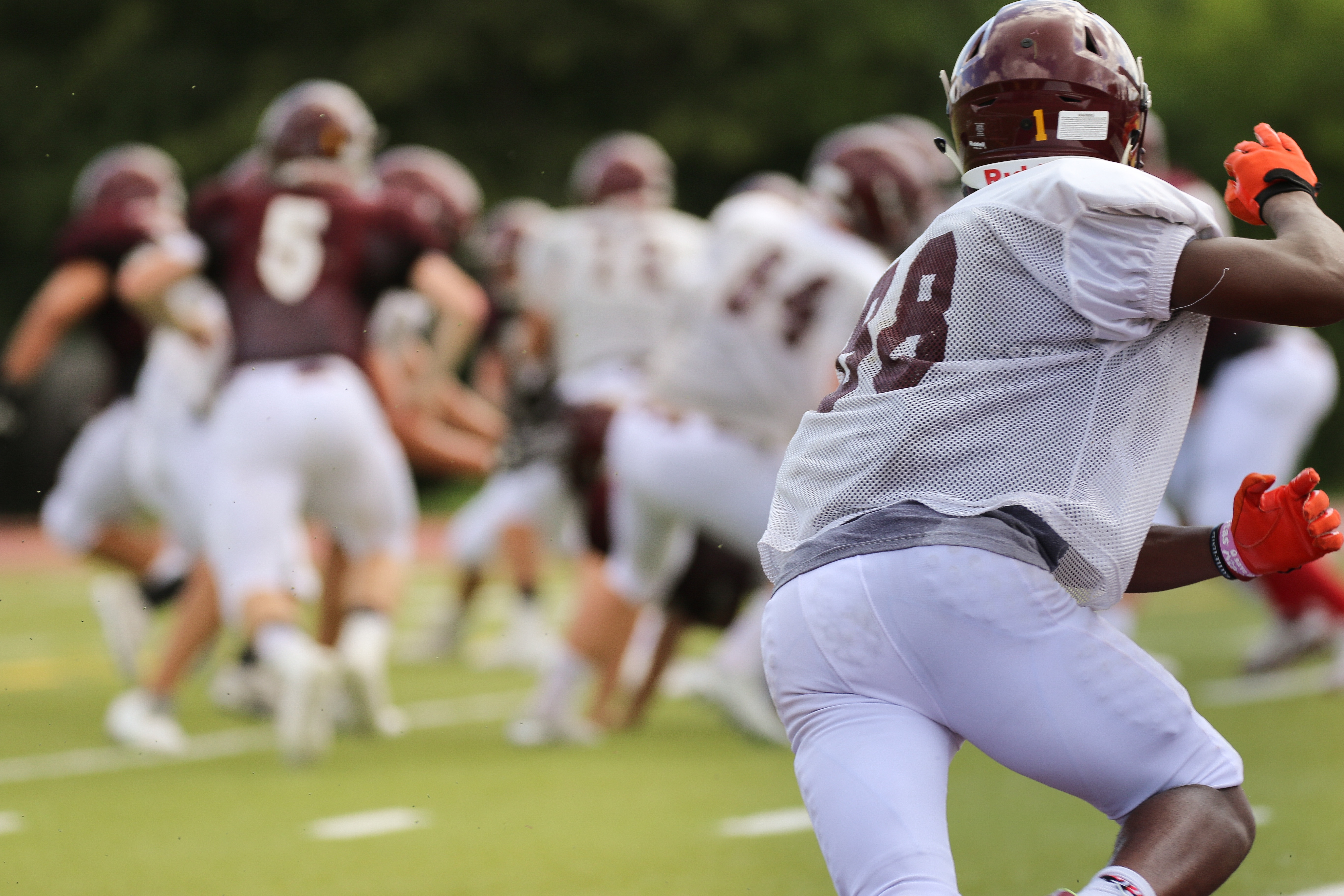A Coach's Guide to Training and Competing at High Altitude
Have you ever taken your team to high elevation and seen their performance decline? Do you wonder if you could have done something differently to change the outcome?
As a performance coach, it is essential to understand the responses of our athletes to this new environment so that we can best prepare them for success. Therefore, this article aims to provide the coach with a practical guide to risks and performance enhancement strategies during acute altitude exposure.
Broadly, coaches can expect acute altitude exposure to cause a decrease in specific performance characteristics due to a lower partial pressure of oxygen in the surrounding air (Eckert, 2020). What follows is the knowledge I've learned and shared with my athletes over the past five years of training and competing at altitudes ranging from 1,000 ft. to 14,000 ft. above sea level.
Pathology
A common phrase in sports performance is “an athlete’s best ability is their availability.” Accordingly, we must first understand our athletes’ risks when training and competing and higher elevations.
The most common pathological disorders associated with ascension to high elevation include acute mountain sickness (AMS), high altitude pulmonary edema (HAPE), and high altitude cerebral edema (HACE).
AMS
Acute mountain sickness (AMS) is the mildest form of acute altitude illness and can occur when unacclimated persons ascend to ≥5000 ft. Symptoms of AMS usually appear within 24 hours of ascension, and even the physically fit can still experience altitude sickness. Some signs of AMS include (The Cleveland Clinic, 2020):
- MILD: Symptoms may include a mild headache with fatigue that doesn’t interfere with regular activity. Symptoms should improve after a few days with acclimatization, and athletes may remain at the current elevation as the body adjusts.
- MODERATE: Symptoms start to interfere with daily activities. Symptoms may include a severe headache, nausea, and difficulty with coordination. Athletes will need to descend to begin to feel better and medical care may be required.
- SEVERE: Symptoms may include shortness of breath, even at rest. Coordinative problems, including difficulty walking, are common. Athletes need to descend immediately to a lower altitude and receive medical care.
Two severe forms of altitude illness, HAPE and HACE, occur less frequently but are more serious and can be life-threatening.
HAPE
HAPE produces excess fluid in the lungs, causing breathlessness even when resting. Symptoms can include feeling very fatigued, weak, and the feeling of suffocation (The Cleveland Clinic, 2020).
HACE
HACE involves excess fluid on the brain, causing brain swelling. Symptoms can include confusion, lack of coordination, and possibly violent behavior (The Cleveland Clinic, 2020).
Importantly, before ascending to high altitude, coaches should have an emergency action plan in conjunction with the sports medicine staff that allows for efficient communication from athletes and timely response for care provision.
Performance
The performance effects from ascending to higher altitudes vary depending upon the nature of the event and the elevation achieved. The examples below show the expected outcomes for altitudes ranging from 6500 ft. to 9500 ft. unless otherwise noted.
Strength & Power
The ascent to high altitude will least impact those competing in strength and power sports. Depending upon the sport, athletes might even achieve a small performance gain. For example, consider the golfer whose ball flight is affected by the reduced air pressure.
Sprint
The performance of a single sprint is generally not negatively affected by acute exposure to altitude because enhanced anaerobic energy release compensates for the reduced aerobic adenosine triphosphate (ATP) production (Girard et al., 2017). Much like the example above, a sprinter might gain a performance benefit from reduced aerodynamic drag so long as the athlete’s fatigue level is managed correctly.
Repeated Sprint
Performance in repeated sprint ability is more altered, with earlier and more significant performance decrements than the previously mentioned single sprint event. Coaches can expect a 5-10% reduction in peak or mean power output, as exemplified in repeated cycling sprints for 6-10 repetitions of 5-10 seconds followed by recovery of 20-30 seconds(Girard et al., 2017).
Intermittent
Team sports often involve intermittent physical activity. For example, the combination of jumping, hurdling, striking, sprinting, running, jogging, and walking. However, compared to repeated sprint ability, intermittent activity performance decrements are less clear.
Perhaps the best example of real-world intermittent performance quantification is in a study by Nassis in his Effect of Altitude on Football Performance: Analysis of the 2010 FIFA World Cup Data. In this case study, Nassis (2013) showed a 3.1% lower total distance covered by the teams competing between 4500 ft. and 5500 ft. in elevation.
Endurance
Endurance performance is perhaps the most inhibited by the ascent to high altitude. Coaches should expect endurance sport performance to decline by about 1-2% for every 1,000 ft. of elevation gain, with noticeable decrement seen as training or competition eclipses the 5000 ft. mark (Eckert, 2020).
Recommendations
For athletes and teams living at lower altitudes, here are my recommendations:
1. Knowledge
- If conducting a training camp, know that it takes 12-14 hours per day of altitude exposure at ≥5000 feet for three to four weeks to see improvements in performance at lower elevations.
- If you plan to acclimatize your team to the altitude before a competition, plan on six days of exposure beforehand. Research tends to point towards six days as the absolute minimum number of days to acclimate and normalize performance.
2. Monitor
- Track athlete’s RPE, heart rate, volume, player-load, and any other metric(s) you might find valuable.
- Heart rate and cardiac output will be naturally elevated, so coaches may need to scale back their intensity prescriptions. I recommend using a heart rate monitor to guide purposeful training.
- Blood lactate concentrations will be elevated at a given sub-maximal work level because of the increased reliance on carbohydrates for energy (Eckert, 2020).
3. Fueling and Hydration
- When training at higher altitudes, athletes need to drink more water than usual. Higher altitudes lead to more significant fluid loss due to a higher respiratory rate and usually drier conditions (Eckert, 2020).
- Athletes will also have a greater preference for carbohydrate metabolism during training and competition because enhanced anaerobic energy release compensates for the reduced ATP production (Girard et al., 2017).
4. Vasodilation
Vasodilators may be effective tools to assist athlete performance during acute altitude exposure.
- Coaches and sports dietitians might consider utilizing the following foods as part of their daily nutritional interventions: green leafy vegetables, pomegranates, onions, garlic, fatty fish, beets, citrus fruits, walnuts, tomatoes, and berries.
- In addition to foods, consider supplements such as L-Arginine for vasodilation within rules and regulations of their governance.
5. Cold Temperatures
A tertiary consideration for ascension to high altitude is environmental temperature. When exposed to cold, the body loses heat through the combined effects of radiation, conduction, and evaporation. The effects of cold on exercise performance appear to be related to reduced core body temperature. Effects include:
- VO2 Max
- Dynamic Strength
- Peak Power Output
- Sprinting and Jumping
The coaching staff should, therefore, consider the following when preparing athletes to train or compete in cold environments (Bullock, 2019):
- Athletes should execute a thorough warm-up to increase muscle temperature by three degrees Celsius and increase blood flow before training or competing.
- Coaches should instruct athletes to wear appropriate clothing. Clothing should be layered and may include:
- A base layer with moisture-wicking properties.
- A mid-layer with a suitable insulator such as wool or down.
- A third layer with moisture and wind-resistant properties.
- Finally, a discardable fourth layer should be worn during rest to keep athletes dry and warm during the cessation of activity.
- Coaches should instruct athletes to avoid rapid cooling following cold-weather exercise. Post-exercise hypothermia can develop because heat production has significantly dropped. Seek a warm environment or additional clothing soon after training, competing, or during intermission periods.
6. Know Your Athletes
Three types of athletes who might struggle to train and compete at higher elevations are those with asthma, sickle cell trait (SCT), or iron deficiency. Know who these individuals are ahead of time and develop a management plan.
- Athletes with asthma should be current on their controller medications and have rescue medications on hand or with the sports medicine staff on site.
- Those with SCT should be referred to the sports medicine staff before training or competing at high altitudes.
- Finally, iron-deficient athletes should have blood work completed before departure to ensure correct dosing of iron supplementation.
Strength and conditioning coaches should understand the above considerations, educate their athletes, and apply these techniques as a blueprint for their decision-making processes when preparing for a trip to high altitude.
Bullock, J. (2019). Sport Demand Analysis: Freestyle Mogul Skiing. Unpublished. 12/23/21
Bullock, J. (2019). Training and Living at High Altitude: What Athletes Need to Know [Team Educate #41] [Presentation]. Center of Excellence, Park City, UT, United States of America.
The Cleveland Clinic. (2020, September 23). Altitude Sickness: Symptoms, Diagnosis, Treatment & Prevention. Cleveland Clinic. Retrieved December 21, 2021, from https://my.clevelandclinic.org/health/diseases/15111-altitude-sickness
Eckert, R. (2020). The Effects of Altitude on Training and Racing Performance in Endurance Athletes. Personal Training Quarterly, 7(3), 8-10. 12/9/2021
Girard, O., Brocherie, F., & Millet, G. P. (2017). Effects of Altitude/Hypoxia on Single- and Multiple-Sprint Performance. Sports Med., 47(10), 1931-1949. 12/9/2021
Goods, P. S.R., Dawson, B. T., Landers, G. J., Gore, C. J., & Peeling, P. (2014). Effect of Different Simulated Altitudes on Repeat-Sprint Performance in Team Sport Athletes. Sports Physiology and Performance, 1(9), 857-862. 12/9/2021
Naeije, R. (2010). Physiological Adaptation of the Cardiovascular System to High Altitude. Progress in Cardiovascular Diseases, 1(52), 456-466. 12/9/2021
Nassis, G. P. (2013). Effect of Altitude on Football Performance Analysis of the 2010 FIFA World Cup Data. Journal of Strength and Conditioning Research, 27(3), 703-707. 12/9/2021
Subscribe to our blog
Subscribe to receive the latest blog posts to your inbox every week.
Related posts

A Mini-Manual For Injuries in the Tactical Athlete

Working with Sport Coaches to Understand GPS Data


